May is here at last! The weather has warmed up and the snow has finally surrendered. Now that you can step outside, what do you see when you look at your landscape? Does the space look chaotic or evoke a sense of peace? Does it look lifeless or is it eye-catching?
If you are planning to tackle some landscaping this season, don’t just begin digging in. You will first want to develop a space that flows together, not one that looks like a patchwork quilt.
There are some basic design guidelines to create harmony and a flow to your landscape; selecting plants for a landscape is more than just selecting one that grows well in an area. The following design principles will help guide your plant selection, so that each plant is meaningful to the overall look and feel of your landscape.
Color
Flowering perennials and shrubs add many colors to your space, from the cool blues and purples, to the bright reds, oranges and pinks. The fuchsia pink bloom of Grand Marshall Monarda contrasts against the yellow of Moonshine Yarrow. Don’t forget that that blooms only last on average for 7 to 10 days, so consider the color of the foliage too! The variegated foliage of the Albovariegata Zebra Iris adds interest to your landscape even after the blooms have faded.
Texture
Many perennials and shrubs have interesting characteristics to their foliage. Plants with larger leaves, such as a hydrangea, create a visually coarse texture. In contrast, plants with small foliage, such as a fern or coreopsis, create visually fine texture. You create maximum visual interest when you use different foliage combinations to play off one another.
Space
When you look at your landscape, view the space as a room, which has a floor, walls and ceiling. In a landscape, the floor would be the groundcovers, low perennials and shrubs. The surrounding walls would be your taller perennials and shrubs. Finally, the ceiling would be the overhead canopy of the trees. Be sure to position the smaller plants in the front and the larger plants in the back. Buy select plants that create each element of a room, your landscape becomes its own, distinct space.
Structure
When creating the element of “the room” (floor, wall and ceiling) aim to create masses. Masses of plants have a greater visual impact than filling a space with many individual specimens. Plant in at least groups of three or other odd numbers to provide structure. Do use select individual specimens and strategically place them in your landscape as accents and focal points. This will create a ‘wow’ factor that features that unique specimen, such as topiary spruce or a tree form Miss Kim Korean Lilac!
Unity
Carry similar plant, color, and texture themes throughout your landscape. You can unify separate spaces, such as the front of your house and plant island, through repetition and mass planting. This creates a visual rhythm and unity that will make your landscape flow as one overall space.
Using the tips and information above should help inspire you to start dreaming about all of the possibilities for your landscape. If you would like some professional advice, Pahl’s can assist you with all of your needs: plantings, edging, retaining walls, paver patios, walk ways, and much, much more. Please contact us for you next landscape project at landscaping@pahls.com .

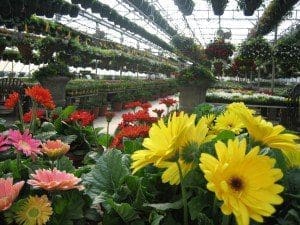
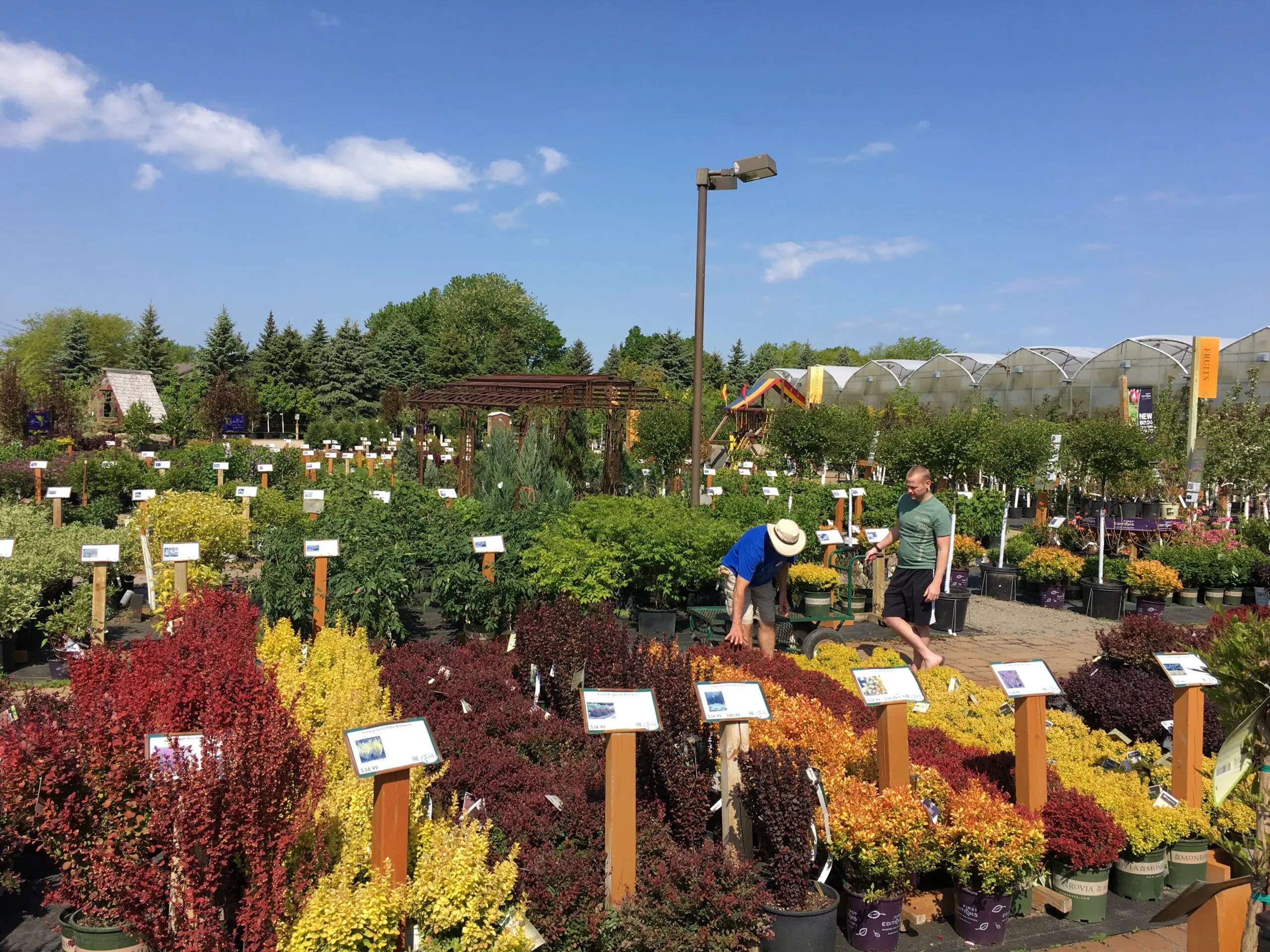
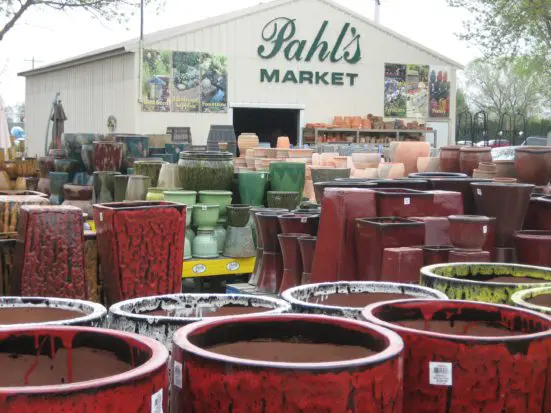
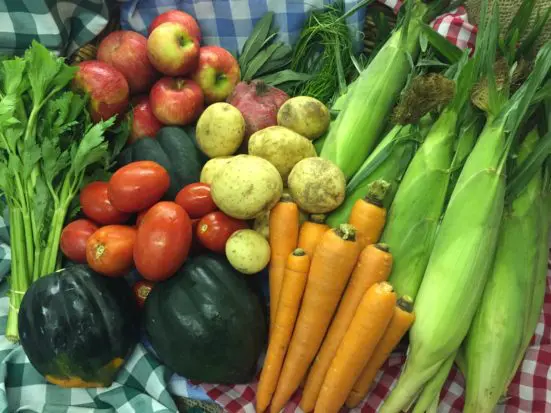
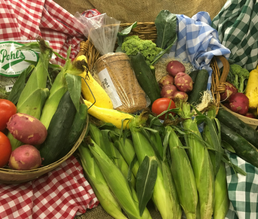

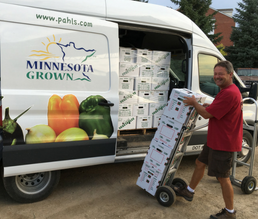
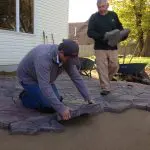
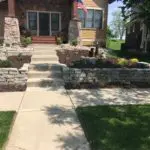

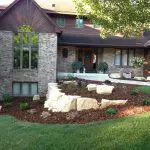
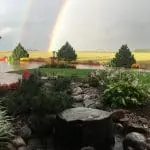
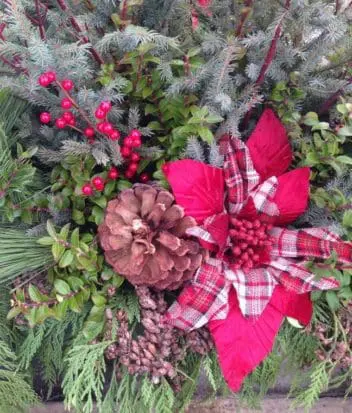


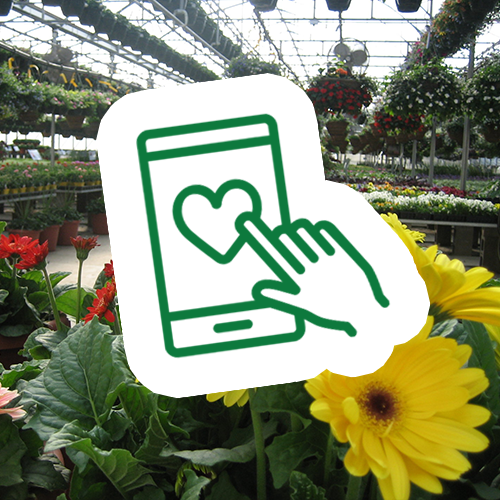
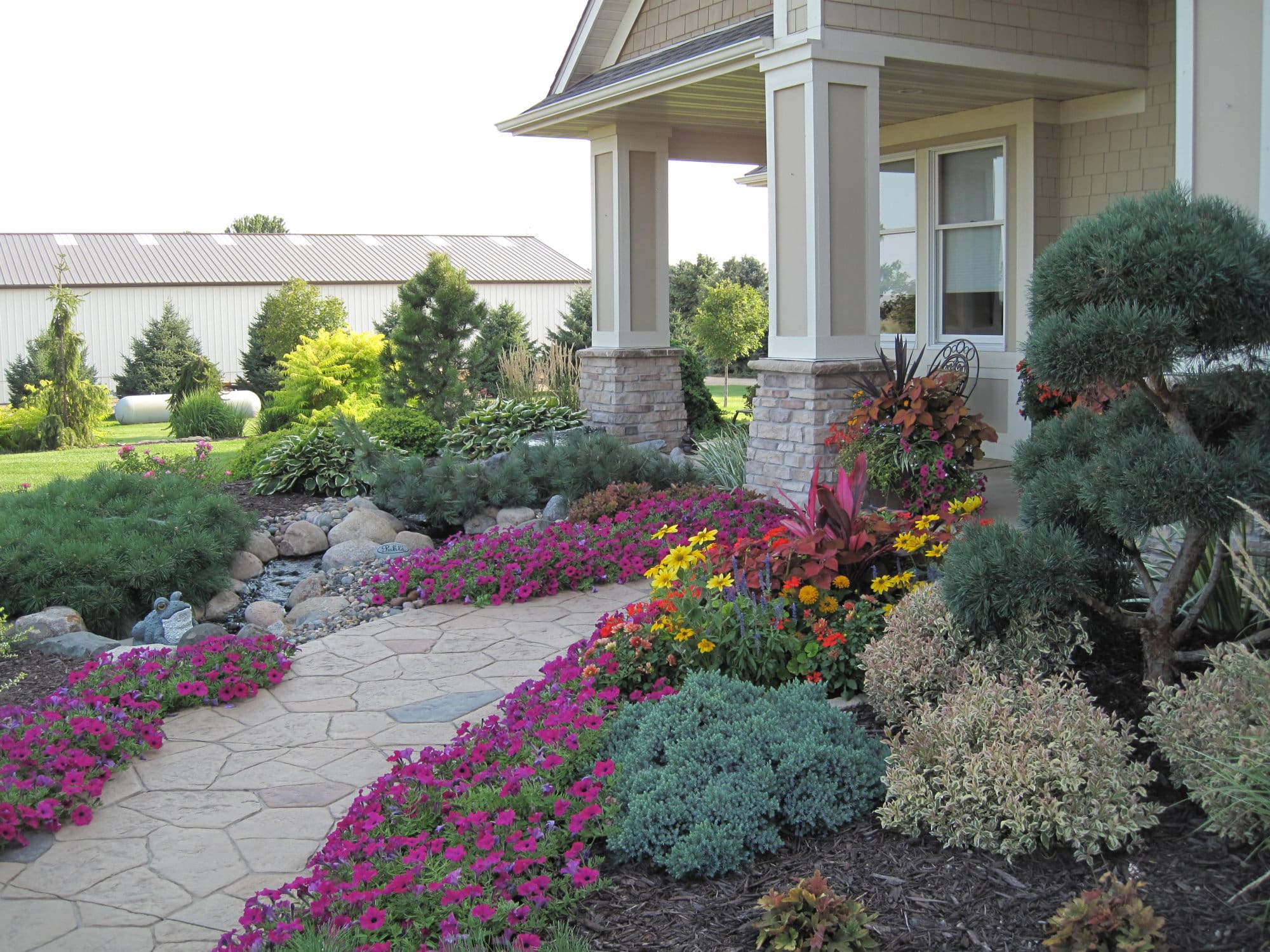



0 Comments